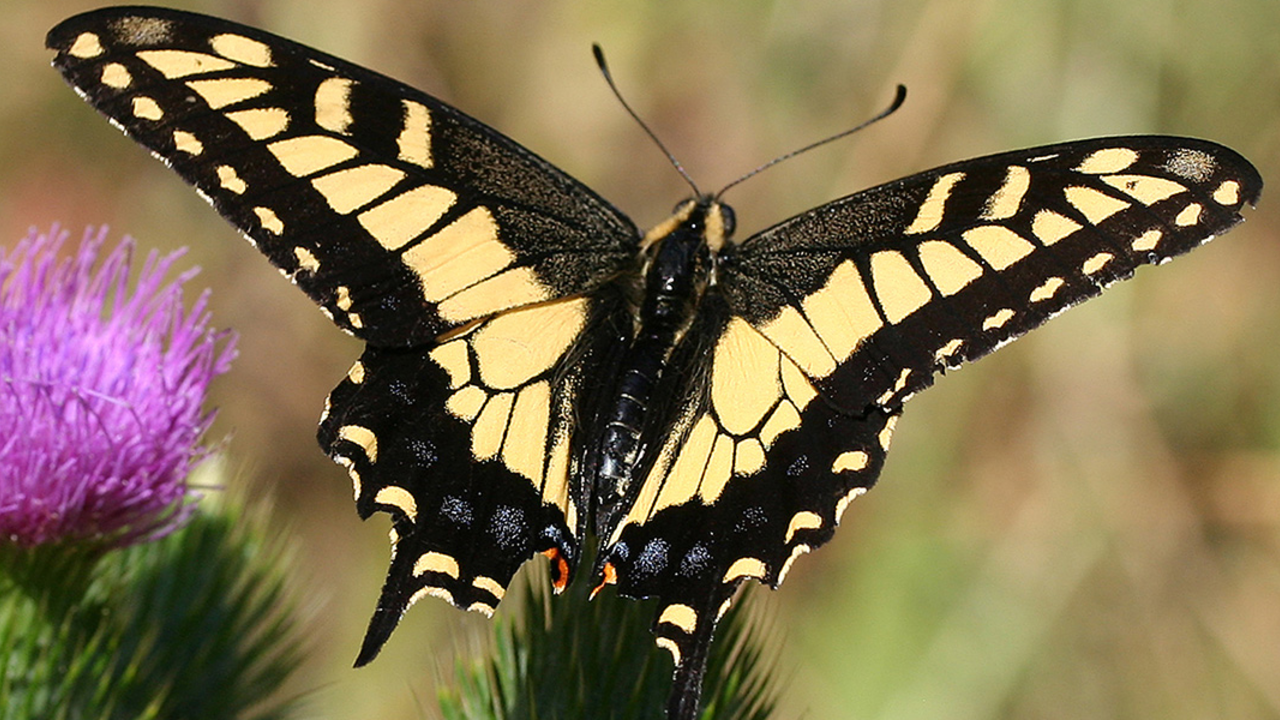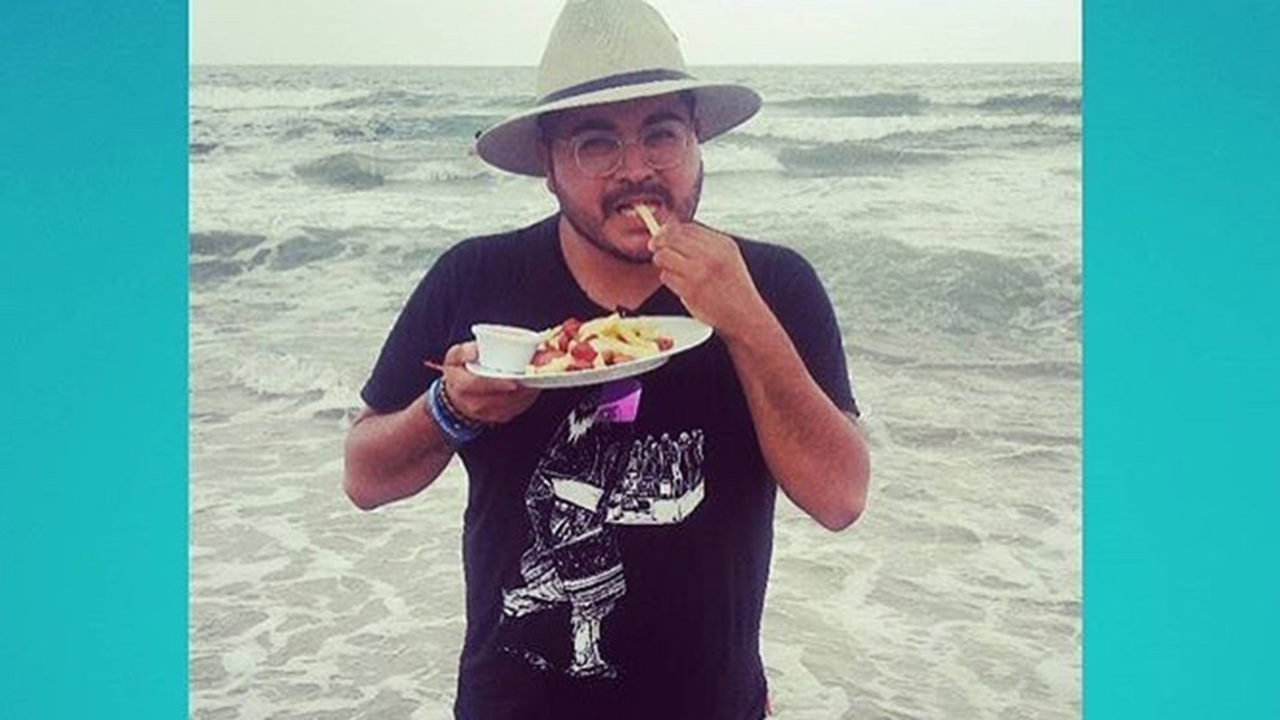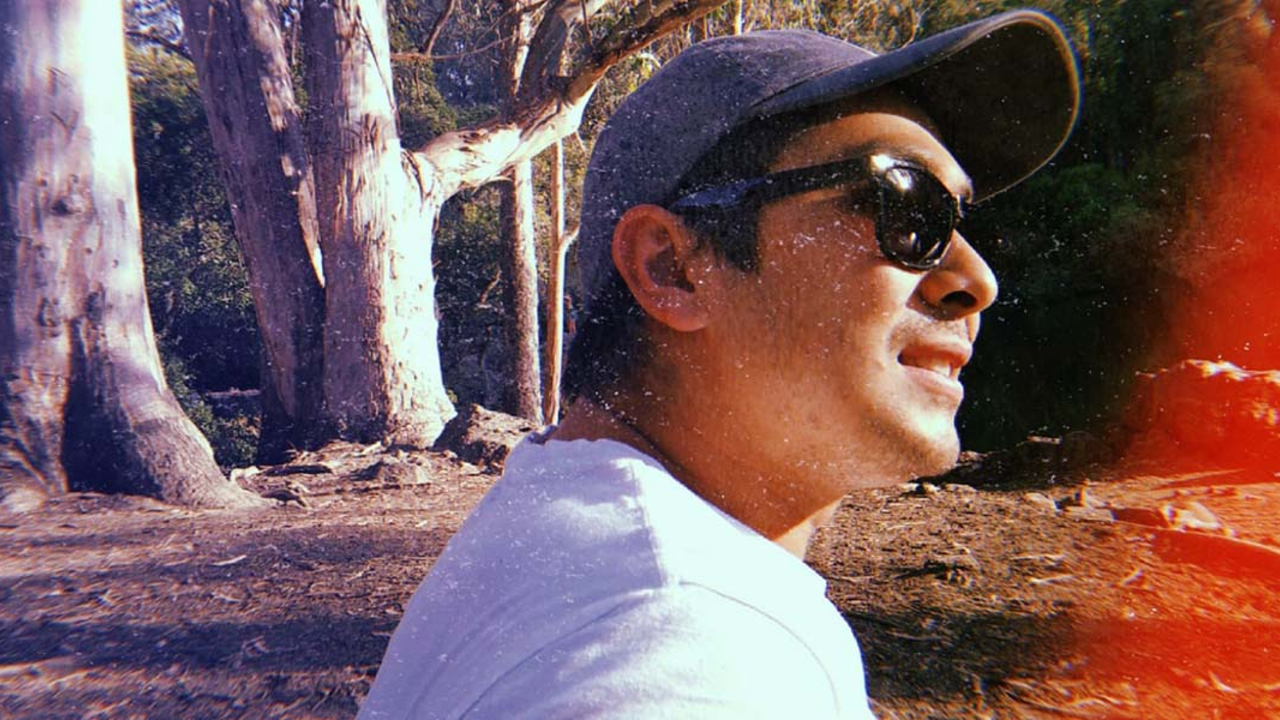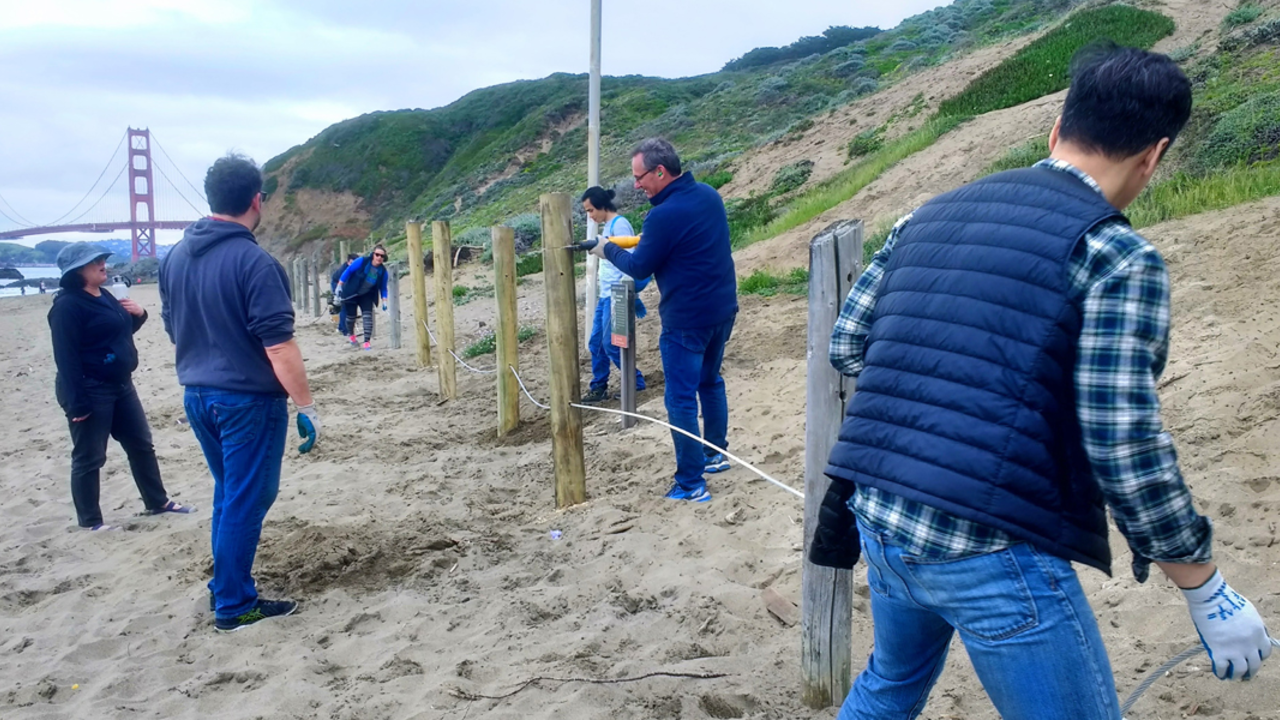The Bay Area’s smallest and cutest park volunteer
By Alissa Patterson
Marin Park Stewardship Intern
The San Francisco Bay Area is a biodiversity hotspot for flora and fauna—there are around 144 species of butterflies that call the region home! But factors such as urbanization, invasive plants, and climate change have made the lives of our four-winged friends in the Bay Area quite difficult. By restoring native habitats in the Golden Gate National Recreation Area, we are also protecting our butterfly host plants from the impacts of urbanization, invasive plants, and climate change. Fortunately, the anise swallowtail (Papilio zelicaon) has joined the park’s volunteer team in helping reduce an invasive plant in our parks. Responding to the decline of its native larval host plant Lomatium, the anise swallowtail has adapted to use the non-native fennel (Foeniculum vulgare) as a host plant.
What is a host plant?
A butterfly host plant is a one-stop shop for caterpillars. Although many people picture butterflies as being beautifully winged creatures, butterflies actually spend most of their lives as caterpillars. While adult butterflies get their nutrients by sipping nectar from various flowers, caterpillars can only eat particular plant species that are specific to that butterfly species’ survival. Young caterpillars also cannot travel far, so female butterflies must lay their eggs on a plant that her hatchlings will be able to eat. This plant, which supports the butterflies’ larval stage of the life cycle, is known as a host plant.
Adapting to invasives
The anise swallowtail, commonly seen in Marin, is recognizable by its gorgeous yellow and black wings as well as its yellow-orange eyespots. The anise swallowtail’s native larval host plant, Lomatium, also provides habitat for many other creatures such as spiders, beetles, flies, and bees. Lomatium populations are threatened by invasive plants, which crowd out other plant species and typically do not provide much habitat for other animals. For instance, in grasslands, the non-native French broom (Genista monspessulana) outcompetes silver lupines (Lupinus albifrons), the host plant of the endangered Mission blue butterfly.
When the Lomatium populations dwindled, the anise swallowtail miraculously adapted to use the non-native fennel as a host plant. Not only does this show the anise swallowtail is a resilient species, but this is also very helpful to our parks. The anise swallowtail caterpillars munch down on the fast-growing and fast-spreading fennel, allowing other plants to receive vital sunlight and have a better chance of survival. Thank you to our smallest and cutest park volunteers!
Sources:
https://www.welcomewildlife.com/butterfly-host-plants/
https://www.thebutterflysite.com/create-butterfly-garden.shtml
https://klamathsiskiyouseeds.com/2016/04/24/lomatiums-are-larval-host-plants-for-the-anise-swallowtail-butterfly/
https://www.sfbaywildlife.info/species/butterflies.htm




